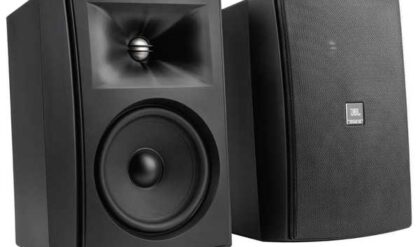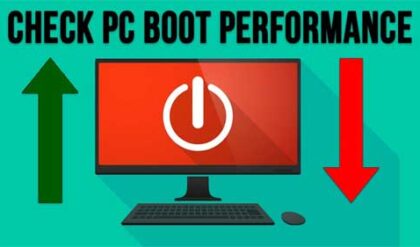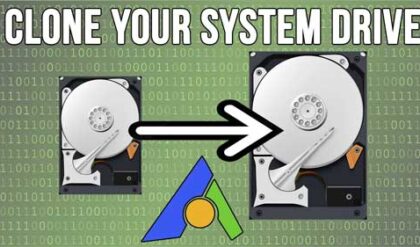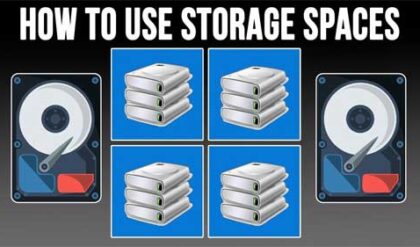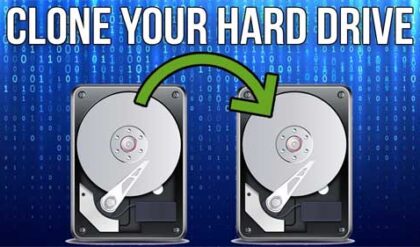Today’s modern hard drives with their larger capacities and faster spinning platters are great for storing large amounts of data but it can be devastating if you lose all of your data, especially if you don’t have a backup. The distance between the read/write head and the disk itself can be smaller than a particle of dust and some drives spin at 15,000 RPM so if the head hits the platter then it’s all over for your drive. That is one good reason not to move your computer while it is on.
S.M.A.R.T. (Self-Monitoring Analysis and Reporting Technology) was developed by some of the major hard disk drive manufacturers in an effort to increase the reliability of drives. S.M.A.R.T. technology allows a computer to predict the failure of hard drives before its too late. It incorporates diagnostics that monitor the internal operations of a drive and provide an early warning for many types of potential problems.
S.M.A.R.T. monitors disk performance, recalibration, faulty sectors, drive heads, CRC errors, drive spin-up time, distance between the heads and the disk platters, temperature, and characteristics of the media, motor and servos. Mechanical failures account for 60 percent of drive failures. The latest SMART technology not only monitors hard drive activities but adds failure prevention by attempting to detect and repair sector errors.
Many motherboards will display a warning message when a disk drive approaches failure. Although many drives are capable of passing failure warnings on to Windows, most computers do not have any software available to receive the warning and pass it on to the user. There are third party software applications that will let you monitor your S.M.A.R.T status such as Smartmontools and ActiveSmart.

